
Thousand Buddha Cave, Dunhuang, Uyguristan – Date of origin: Hun Northern Wei Dynasty (386-534)
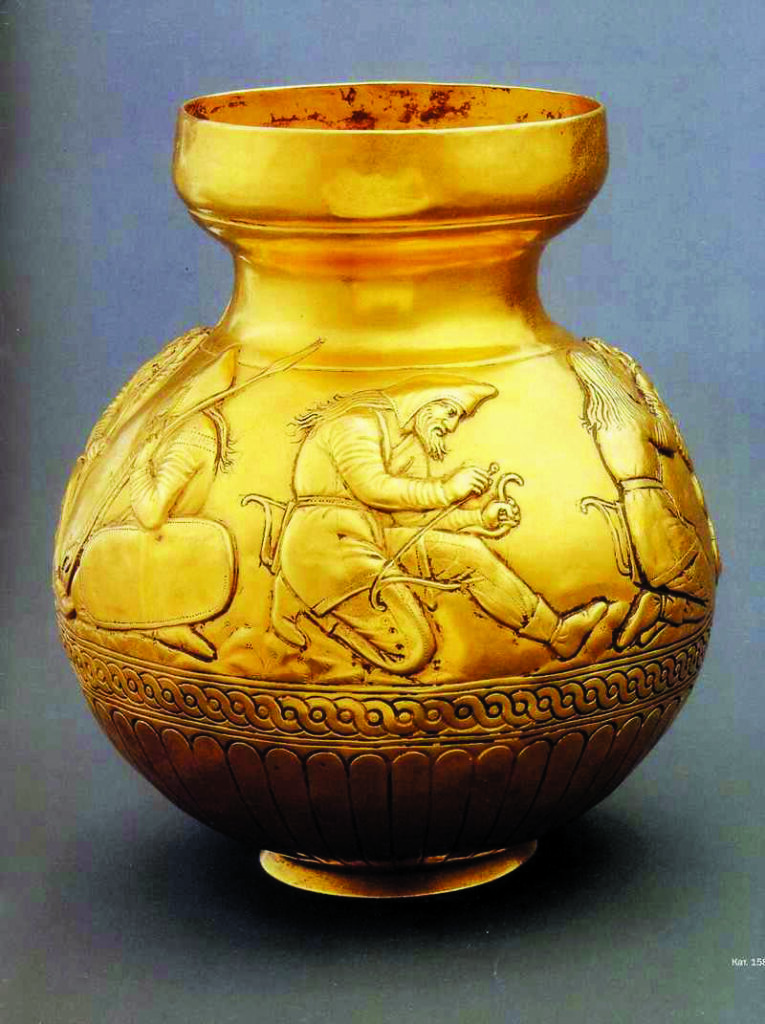
The Flourishing of Buddhism in the Scythian Kushan Empire
Drawing from Buddha’s teachings, the Buddhist Inner Path gained a considerable following, and during the reign of King Ashoka (263-232 BC), it thrived throughout the Indian subcontinent.
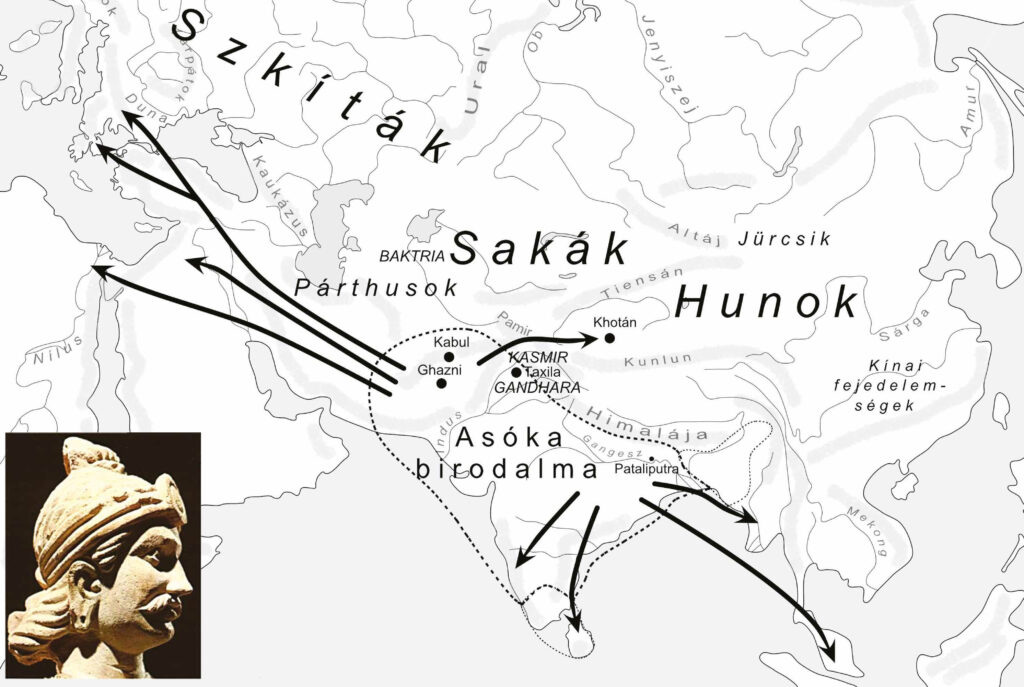
236 years after the Buddha’s parinirvana, Ashoka sent nine missions to countries where Buddhism was not yet well established.
However, a notable pinnacle of Buddhism unfolded within the Scythian Kushan Empire during the first century BC to the third century AD. This empire encompassed highly developed regions of Central Asia, Afghanistan, Pakistan, and Kashmir, as well as parts of present-day North-West and Central India, spanning from the River Ganges to the Aral Sea and the Tarim basin.
Under the rule of the legendary Scythian Kushan monarch, “the King, the King of Kings, his Majesty Kanishka,” who reigned around the first century BC to the first century AD, Buddhism found solid footing across the empire. Key centers of the Scythian Kushan civilization and artistic expression were Mathura in North-Central India near Agra and Gandhara in the North-West, presently located in Afghanistan and Pakistan.

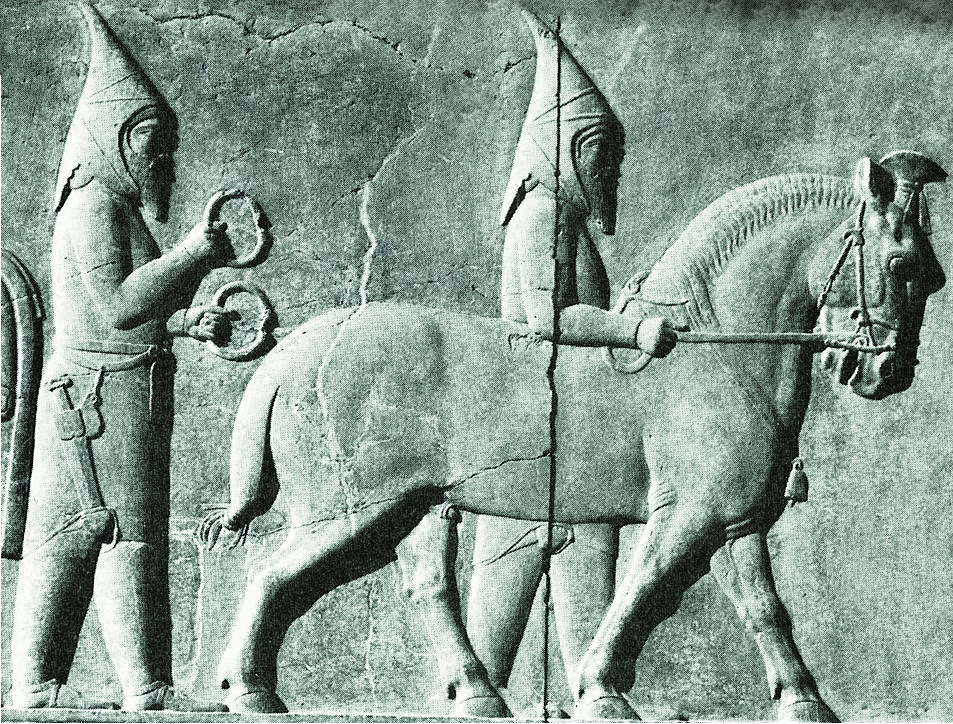
The Scythians, with their near-natural culture, built an enlightened society. Records attest that they succeeded in this in many places, such as in the Central Asian countries of Sambala and Orgyen, where tradition has it that the whole people achieved enlightenment.The Scythian hats in our picture are still preserved in the ceremonial hats of the Tibetan lamas
Historical trade routes, such as the Silk Road, connected India with Central Asia, Europe, and China. Monks traveled along these routes, accompanying merchandise caravans, to preach the Buddhist Teachings. Central Asia witnessed a significant influx of Buddhist followers, leading to the establishment of extensive Buddhist communities in culturally thriving towns like Turfan, Kucha, Kashgar, and Khotan, among others. In the subsequent centuries, monumental monastic towns were constructed, and their impressive ruins, intricately adorned rock-carved temples, and the discovery of numerous sacred books by eminent scholars like the Hungarian Aurel Stein, showcased the pinnacle of Buddhist culture and art.
The holy scriptures were translated into several languages of Central Asia, fostering rich artistic traditions. The Teachings spread through both verbal communication and written and visual forms, catalyzing a flourishing cultural and artistic development that profoundly influenced the people of Central Asia.
The Great Vehicle teachings, known as Mahayana in Sanskrit, were transmitted by Buddha to the great heroes and heroines of the awakened mind. During the reign of the illustrious Scythian ruler, King Kanishka, these teachings began to proliferate extensively. King Kanishka convened the Third Buddhist Council, aimed at establishing the foundations of Buddha’s true teachings. During this time, 500 masters achieved a deep understanding of the genuine meaning of the Great Vehicle. Nalanda University, a prominent educational institution, was established with the mission of disseminating the meaning of the Great Vehicle Sutras. Over time, it evolved into the most influential and powerful university, serving as the conduit through which the Great Vehicle Teachings were propagated to various Asian countries in the ensuing century.
Scythian-Kushan Buddhist Art (from I century BC till III century AD)


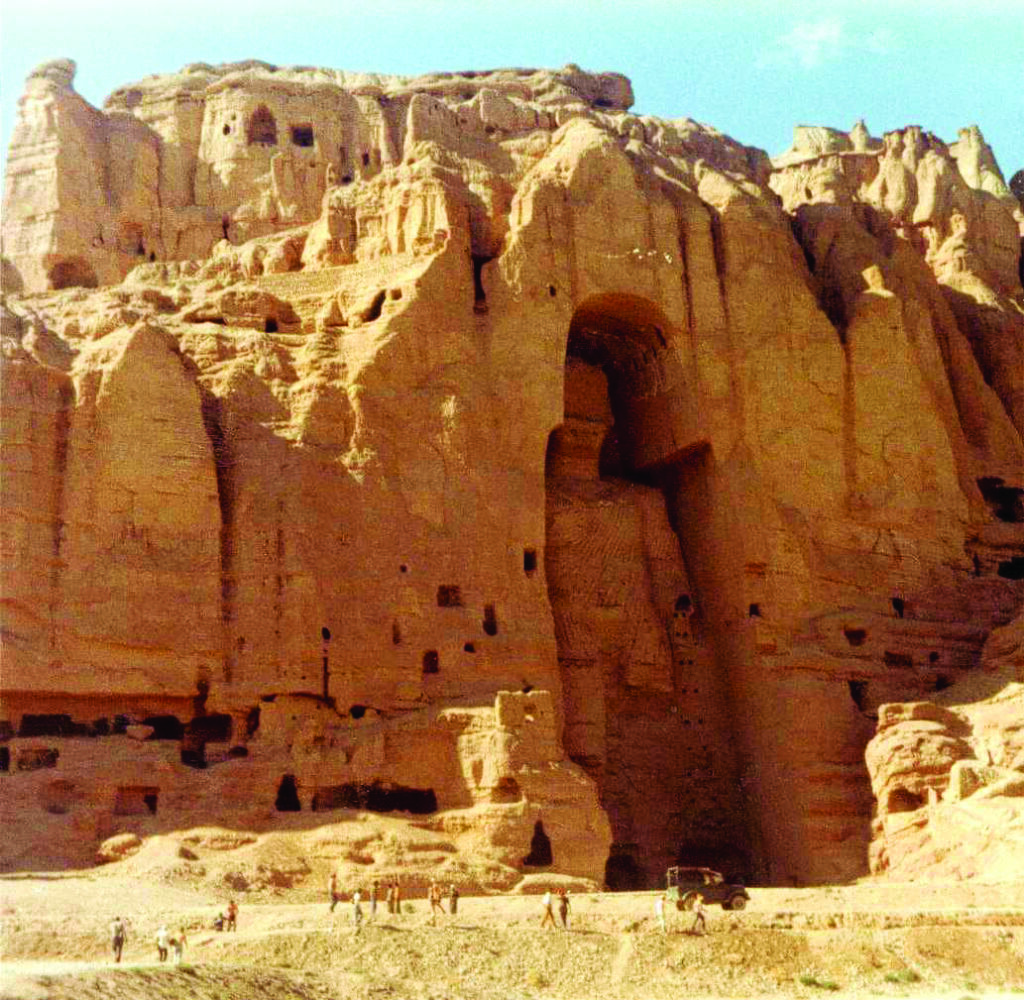
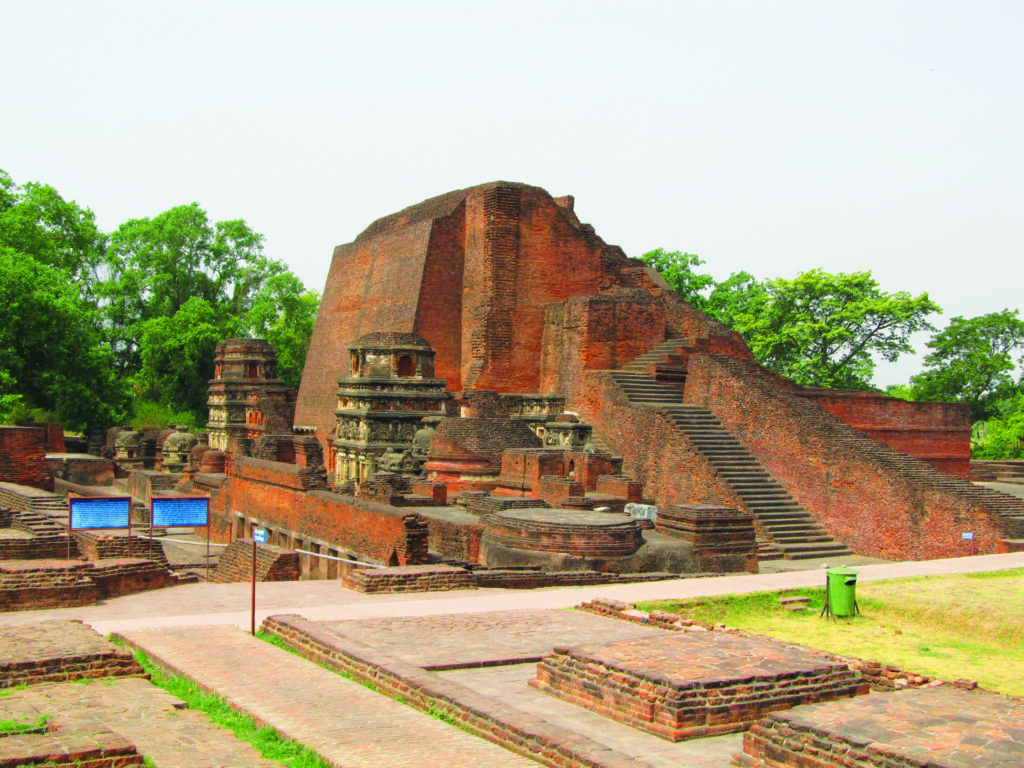
The White Huns: Guardians of the Scythian Kushan Legacy
The vibrant Scythian Kushan Buddhist culture found a new home in the hands of the White Huns, who succeeded in overtaking the entire empire. Drawing from the living Hungarian tradition, it is recognized that the Huns share roots with the Scythians and the Magyars. This assertion finds validation in numerous Asian traditions and modern historical research.

The White Huns, much like their Scythian predecessors, established a highly cultured empire in North-West India over the centuries. Their legacy lives on through the Rajputs (the sons of kings), proud warrior shepherds, residing in present-day Rajasthan and Punjab. Descendants also include the Gurjars in India (known as royal shepherds), the Sikhs, and closed communities nestled in secluded valleys like the Hunzas in the North of today’s Afghanistan and Pakistan.
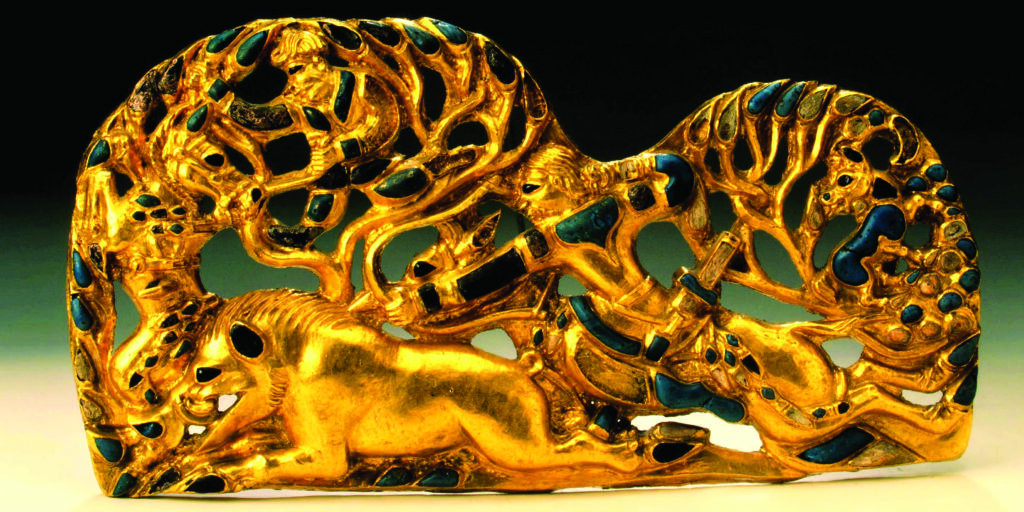
Buddhism initially expanded into Central Asia, finding extensive acceptance among the Scythian-Hun people over centuries. It emerged as a dominant force shaping the subsequent culture of Asia, giving rise to the Great Vehicle and the Diamond Way. The center of the Diamond Way’s teachings, known as the kingdom of Orgyen, was reputedly situated in North East Afghanistan according to oral historical accounts validated by researchers. This region served as a primary center for both the Kushans and the White Huns for numerous centuries.
Stupa
In addition to spirituality, Buddhist art in the Scythian Kushan culture underwent significant transformation, ultimately defining its present-day form. This region saw the earliest development of the Buddha’s representation with perfect proportions, a portrayal that remains consistent even today as the symbol of enlightenment. The iconic Buddhist Stupa shape also took form here, resonating in regions like Tibet, Inner and East Asia. The Stupa here in Tar, resembling this distinctive shape, is a testament to the enduring legacy of the Scythian Buddhist culture and art. Its heritage lives on through the descendants of the Scythians and Huns, passed down to us through generations by Tibetan teachers who nurtured and evolved this precious living tradition.
